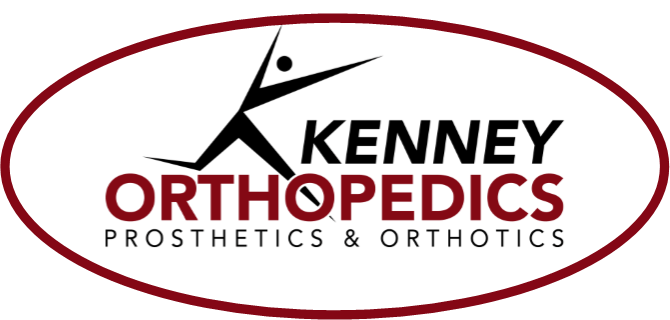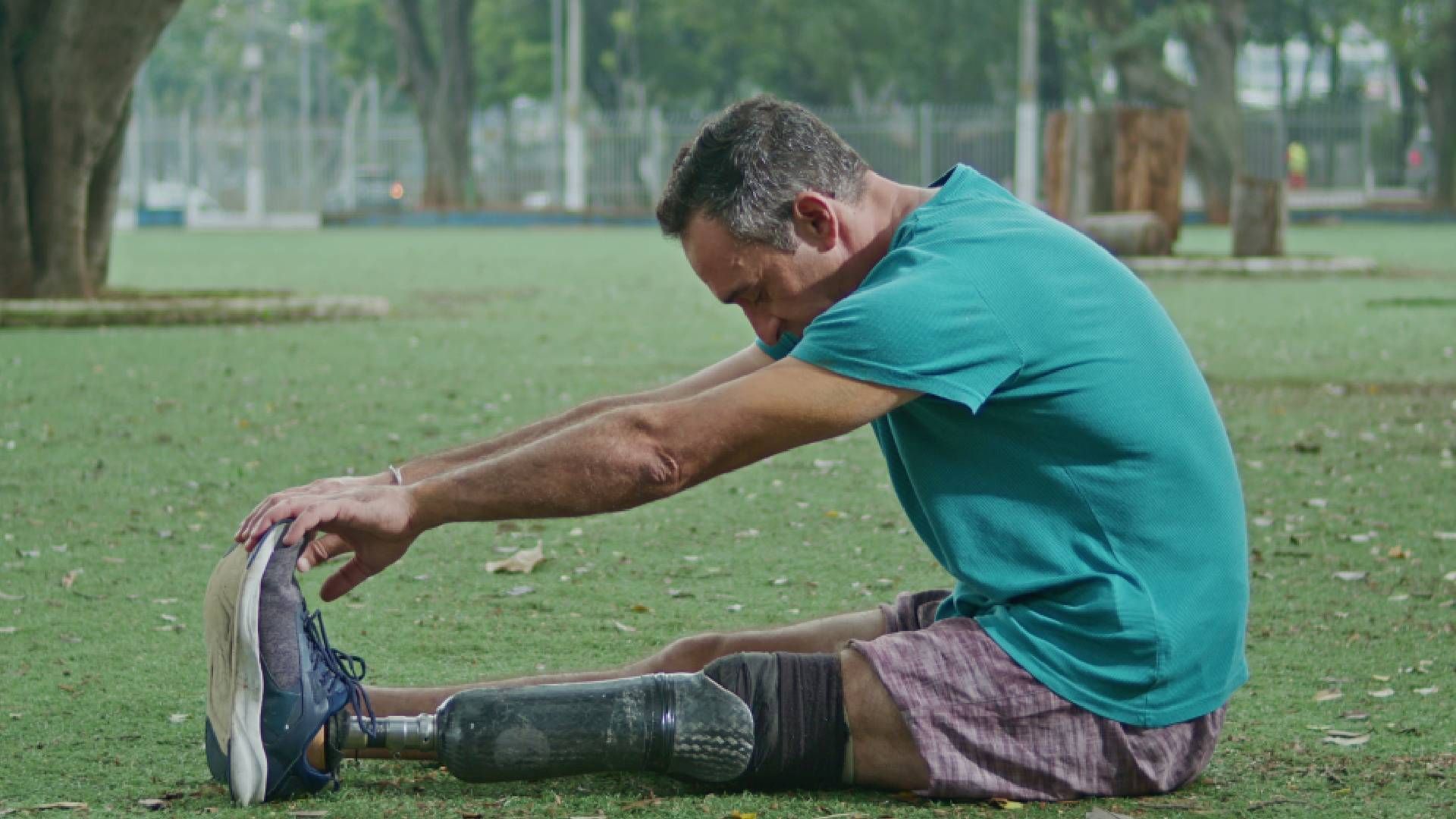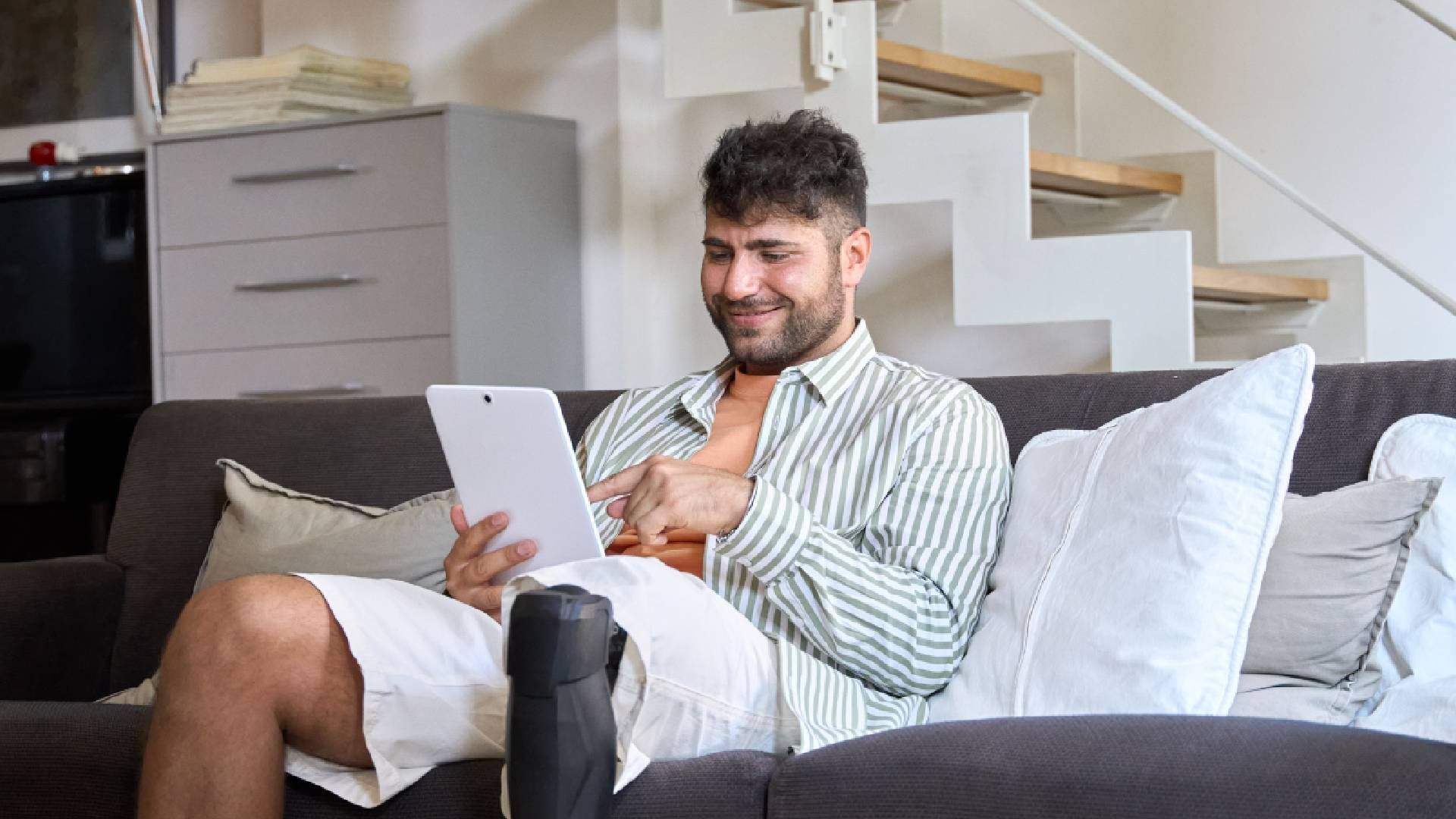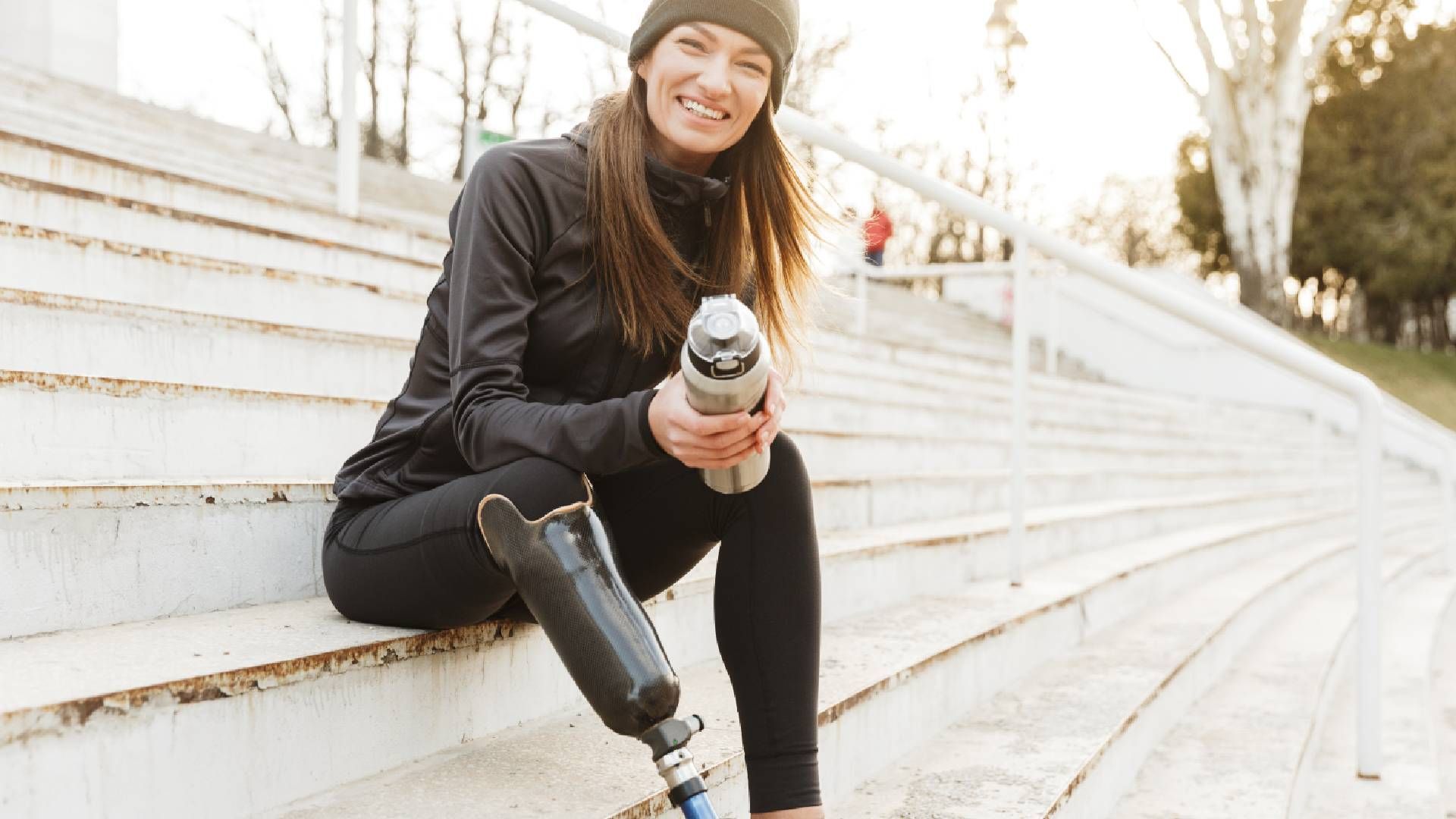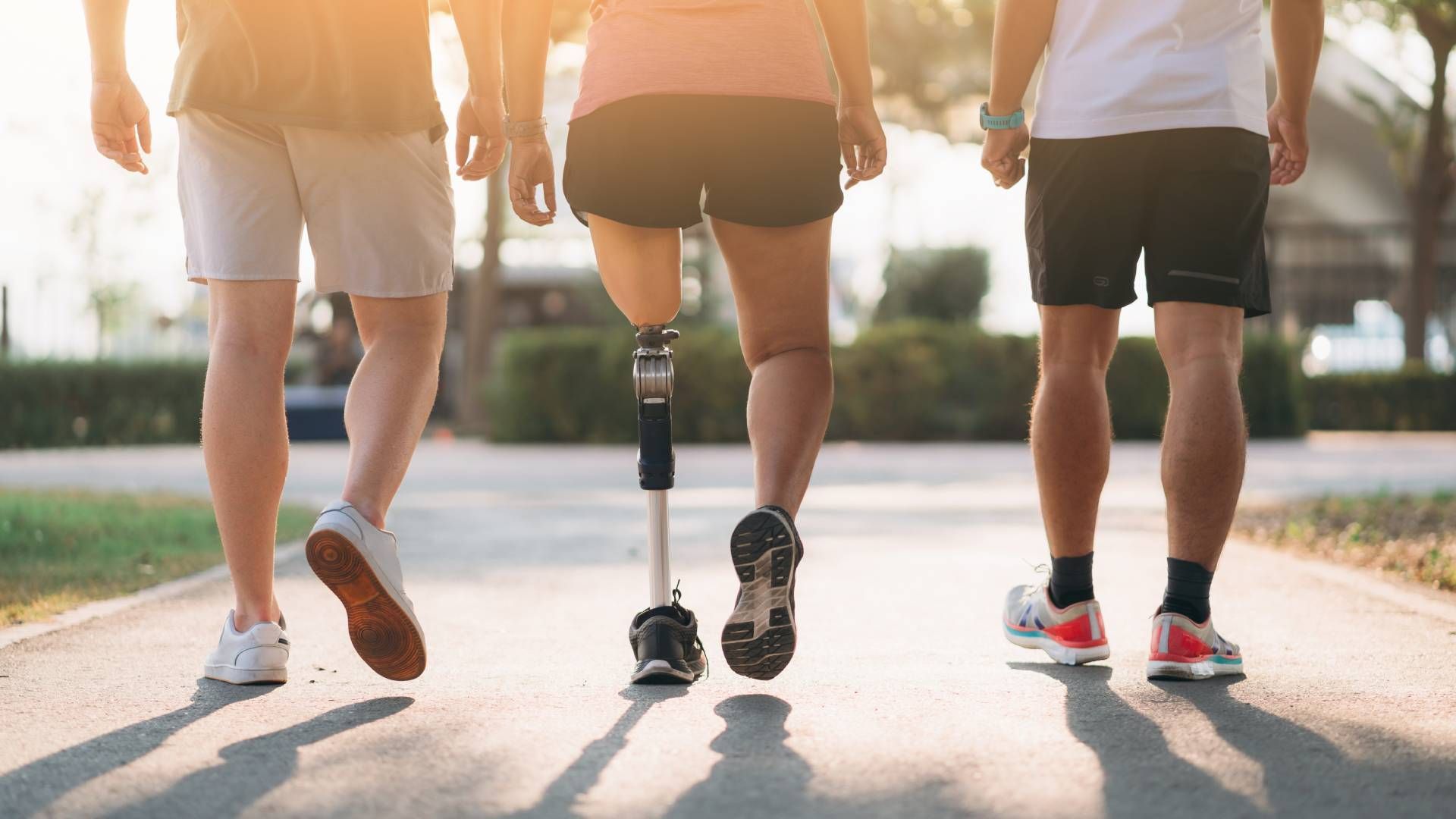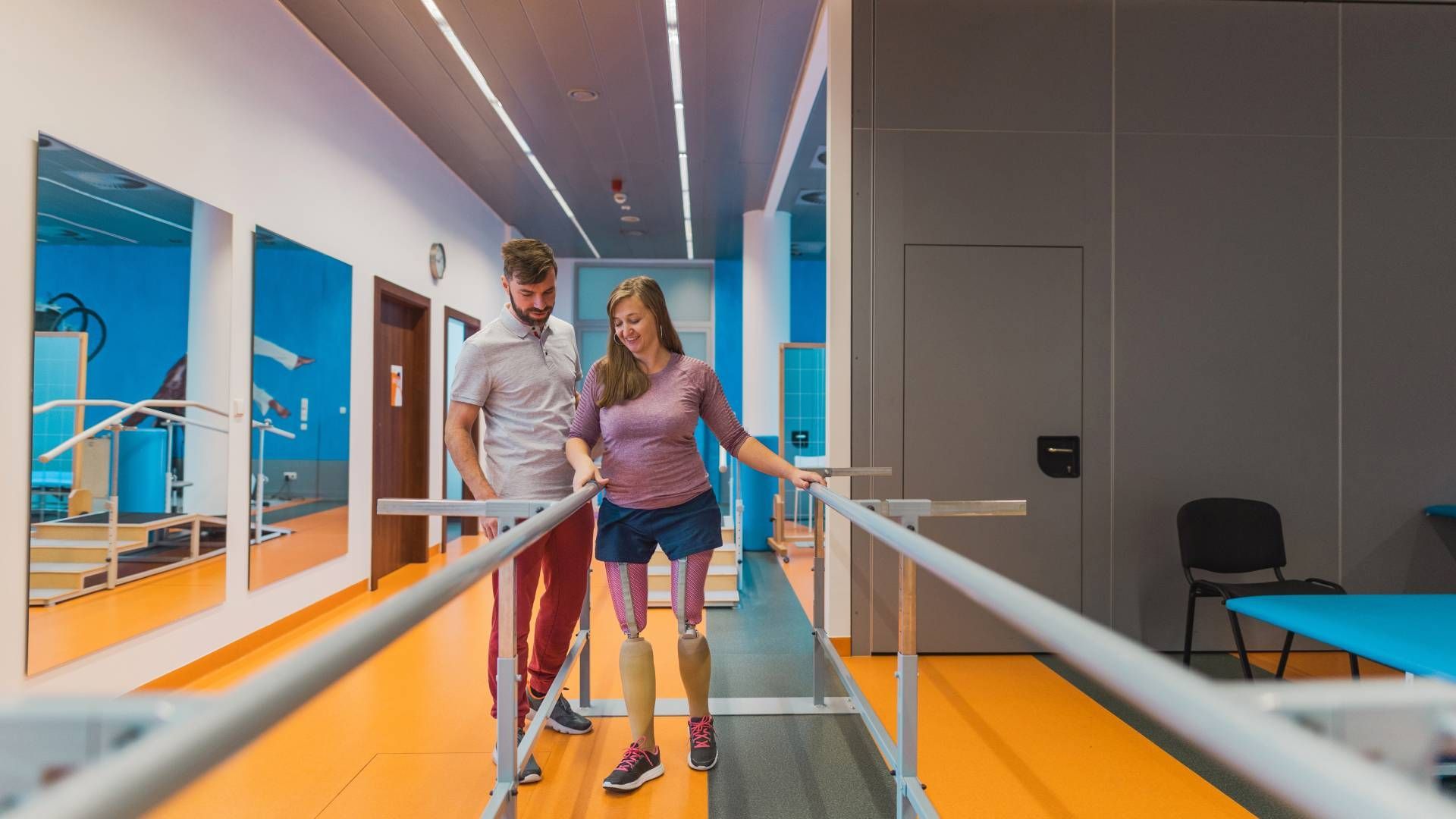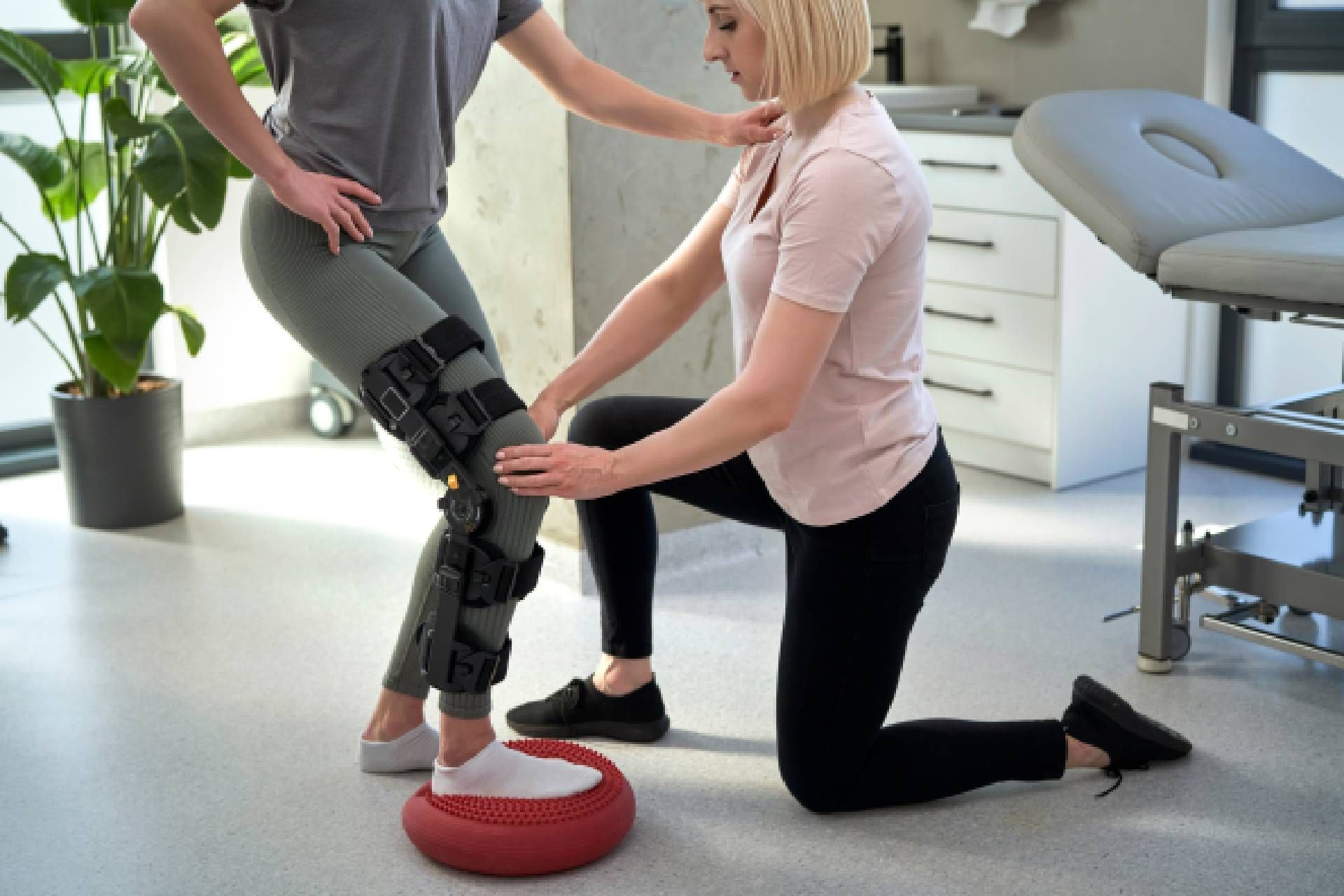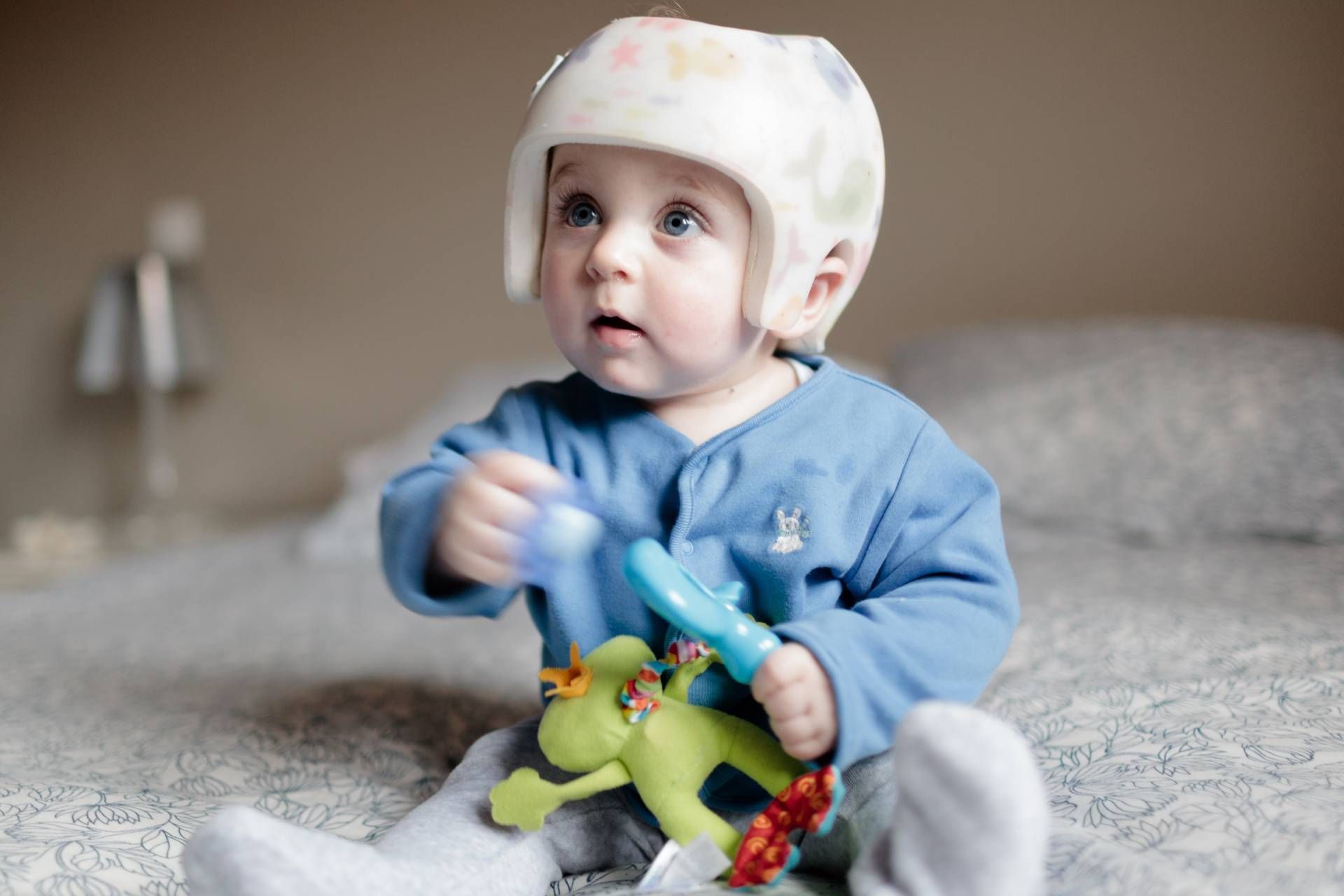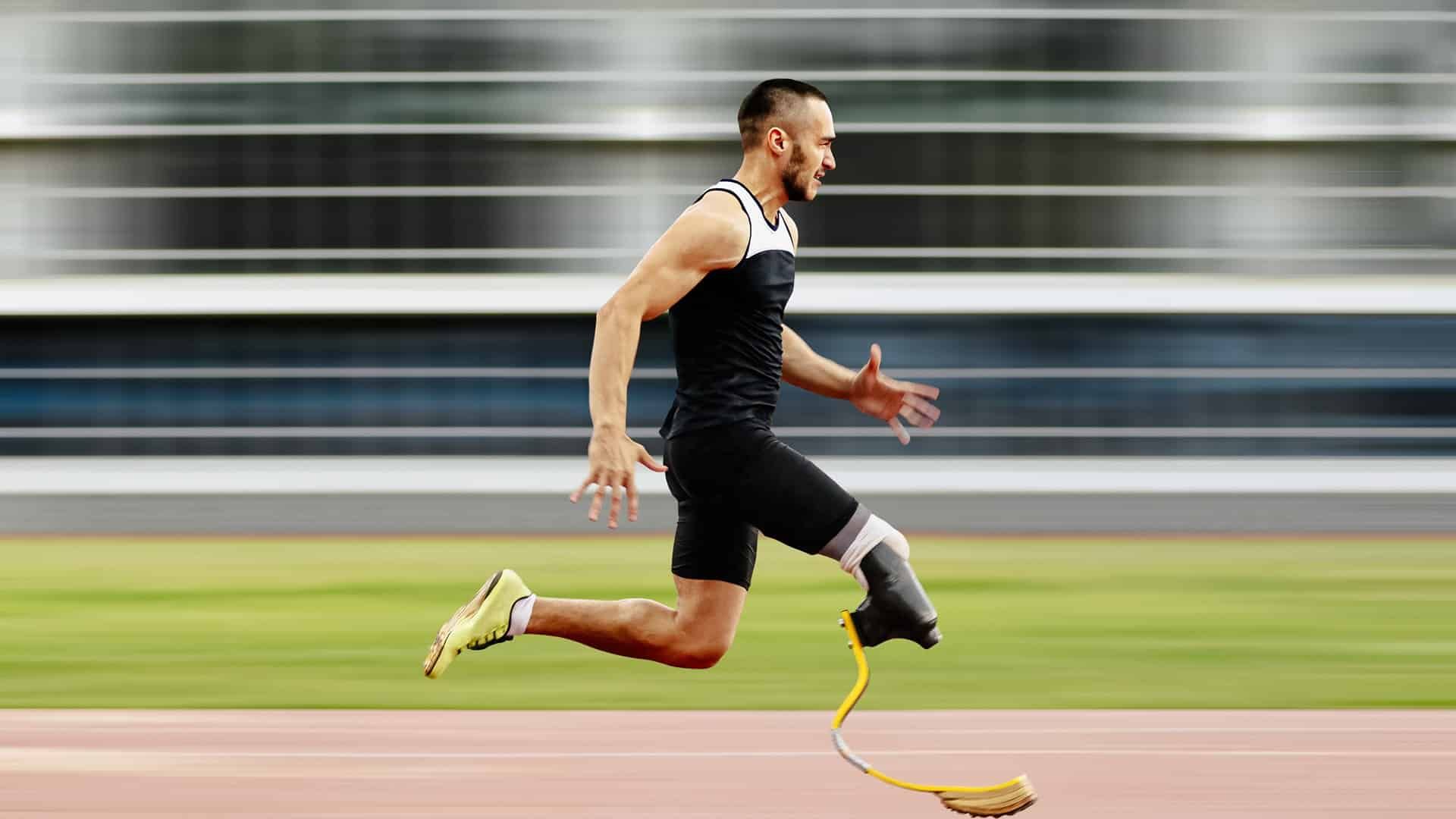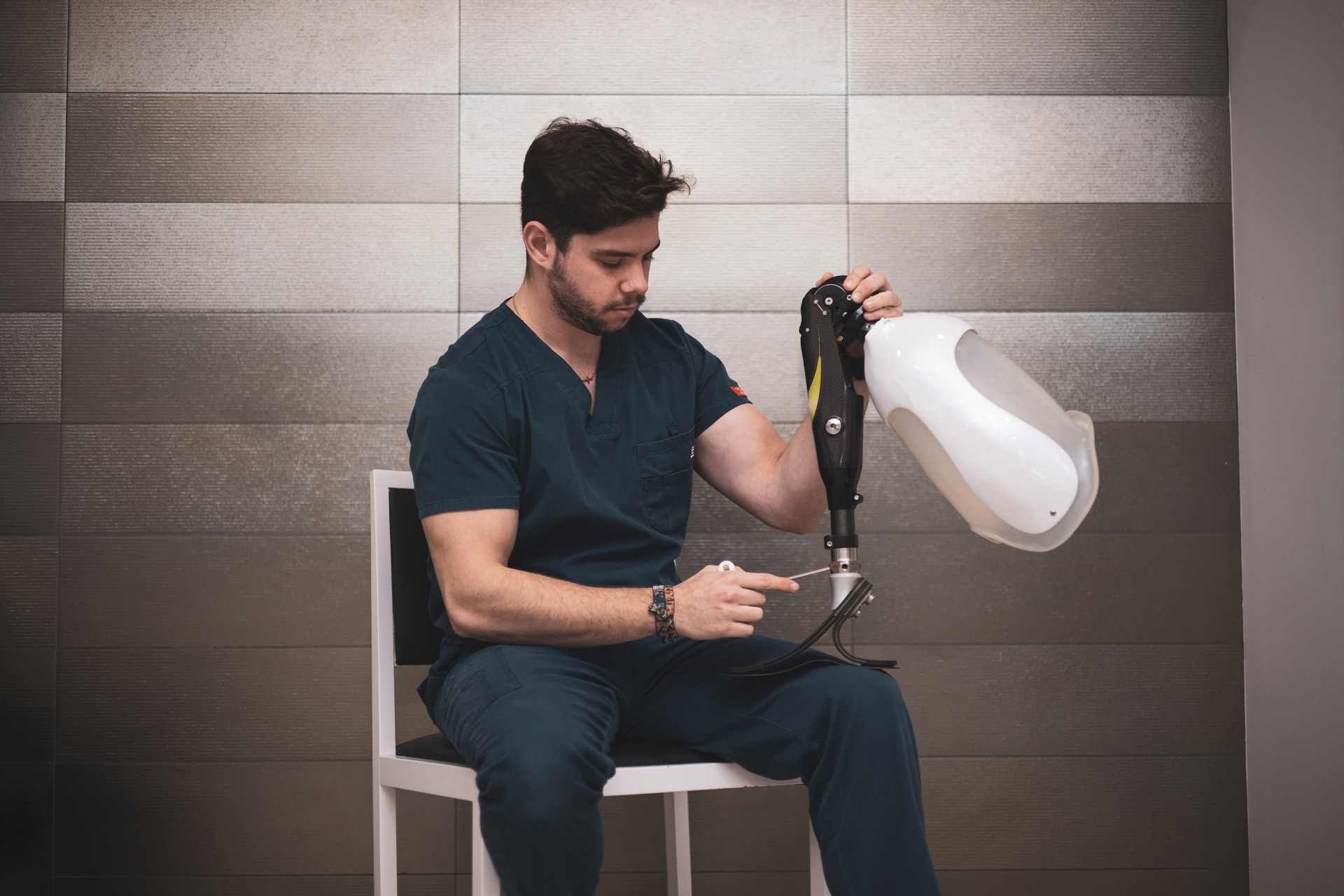Getting a new custom orthotic device can feel like a journey through uncharted waters, and there is nothing uncommon about having questions or concerns, especially if there is pain or discomfort involved in the process. The best way to resolve any issues with a new orthotic device is to be your own advocate! Ask questions, talk about any issues, and always contact your healthcare team for support when needed.
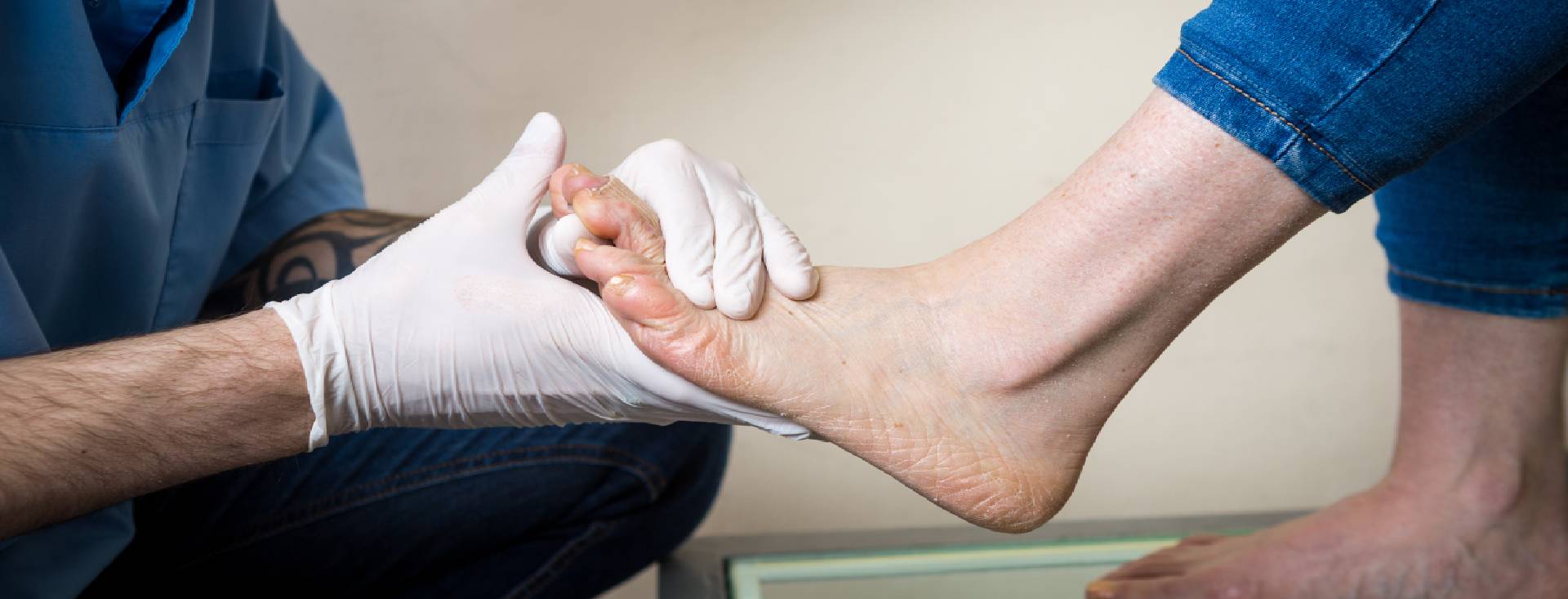
Should My New Orthotic Hurt?
While you may experience some initial discomfort or unusual sensations with your new orthotic device, it should not be painful. Orthotics often change the way you walk as they work to improve alignment in your joints; this can also change how your muscles work, which is why there is an expected period of adjustment when you first begin to wear the device. If you feel anything painful, uncomfortable, or unusual while wearing your orthotic device, contact your Orthotist right away.
How Long Will It Take to Get Used to a New Orthotic?
The adjustment period for getting used to a new orthotic device varies person to person, though an approximate range of two to eight weeks is common for many. If pain or discomfort persists, we recommend that you contact your Orthotist right away so that he or she can make necessary modifications to maximize your comfort. The fit of the orthotic may need to be adjusted or altered, and the sooner you address possible issues the sooner they can be resolved.
How Often Do I Need to Get My New Orthotic Adjusted?
There is a routine schedule of care after receiving any new orthotic device. Each care plan is individualized for your specific needs, but you can expect a follow-up appointment within 2 weeks of getting your new orthotic device to check for any issues. Then, you will likely be seen again at 4-6 weeks to make sure the fit is correct and the orthotic is performing as expected. Routine care moving forward typically involves bi-yearly visits for adults, and more frequently for children because of their ongoing growth. The most important thing to keep in mind is that any time pain or discomfort is felt, contact your Orthotist right away so that they can make any necessary adjustments to your new orthotic device.
How Do I Know If My New Orthotic Is Fit Correctly?
The first and most obvious sign of a poorly fitting orthotic device is persistent or worsening pain. After the initial adjustment period, your orthotic should grow to feel like a natural part of your body, so like any other body part, if there is ongoing pain, it’s a clear sign that something is wrong, and you may need to see your Orthotist or doctor. New orthotic users can also monitor the wear pattern on their shoes to make sure their new orthotic is performing correctly. Wear patterns on both shoes should match, so isolated spots of extreme wear and tear or uneven wear patterns between the left and right shoe is an indicator that an orthotic device may not be properly tuned.
Where Can I Find Professional Certified Orthotists Near Me?
In central and southern parts of the USA, those looking for orthotic care can turn to Kenney Orthopedics with multiple locations in Kentucky, Indiana, and North Carolina. Our Board-Certified Orthotists take the time to listen to our patients and understand their challenges and goals in order to customize a device that will restore motion and empower you to live your life to the fullest. Visit the ORTHOTICS page on our website for more information about the various types of custom orthotic devices we offer. To learn more about our custom orthotic devices for children, visit our KO Kids page. If you have a specific question or concern regarding orthotic devices, Contact Kenney Orthopedics today to learn more about our individualized orthotic care. Kenney Orthopedics Prosthetics and Orthotics has locations near Lexington, KY; Louisville, KY; Indianapolis, IN; and Charlotte, NC.

